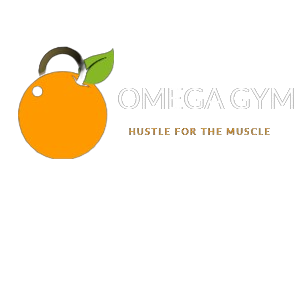I've been doing intermittent fasting on and off for almost 20 years now.
One of the things I like to do is train in a fasted state, right before my first meal.
This is a solid strategy for fat loss.
But...
You risk burning a bit muscle due to high cortisol levels.
Especially if the workout is intense.

I actually get more concerned about other effects of high cortisol.
*One of the effects of high cortisol is holding onto stubborn BELLY fat, even when the rest of your body is getting slim.
When I notice this happening?
I start my day with a small meal.
If I want to train soon after waking up, I'll drink a low fat protein and carb shake of 300-400 calories.

The reason for a shake is that it will absorb quickly.
This is also why I limit fat, because fat slows absorption.
(Plus I follow a low fat diet plan anyway.)
It doesn't even have to be a high-protein shake.
Fruit smoothies work well...
...as long as the calories are kept to 300'ish.
This small amount of carbs lower cortisol levels and also get the body out of a catabolic state.
The idea is to time your training after the nutrients from the shake are absorbed.

This is called training in the "Post-absorptive State".
This is kind of the sweet spot for using the calories for fuel.
- You aren't digesting these calories.
- You also aren't in a fasted state.
I recommend about 300-400, because your workout should burn through that amount before you begin cardio.
I recommend weight training for 30-45 minutes.

Follow your lifting with 20-45 minutes of some form of cardio.
Your weight training workout should easily burn through those 300 calories as long as they aren't still being digested.
By the time you hit cardio...
Your body will be in a semi-fasted state and it will work well.
I use the still use the same strategy I outline in my book "12 Weeks Physical Transformation Journey".

I just now try to train in the "Post-absorptive State" when possible.
What I'm finding is that it DOES make a difference as far as belly fat is concerned.
I never worry too much about the muscle loss aspect of fasted cardio, since resistance training sends a signal to hold onto muscle.
...but fasting too long and too often does give me a stubborn belly pooch.
Here's an approach to combat that.
Give it a shot.
You are going to want to eat carbs to lower cortisol levels.
So if you are drinking a protein shake that is carb-free, make sure you add some fruit.
Low carb meals won't lower cortisol levels.
Cortisol isn't bad.
It only becomes an issue if it is chronically elevated for too long.
If I plan on training mid-day, I'll have a big bowl of oatmeal in the morning.

For me I feel I hit the post-absorptive state with oatmeal about 3-4 hours after eating it.
I will ideally train 3-4 hours after this meal.
We all digest food at different rates, so this does take a bit of experimenting.
Intermittent fasting used to be more effective for me.
If I begin getting really hungry, I know that cortisol levels are going to cause belly fat.
Intermittent fasting was magical for me for about 5 years (25-30).
Now that I'm close to mid 35, I do best with a small meal in the morning.
I still use it from time-to-time, but I don't force the fast.
I'm sure being a bit older means that my body simply shows the effects of cortisol more than a younger person's body.


